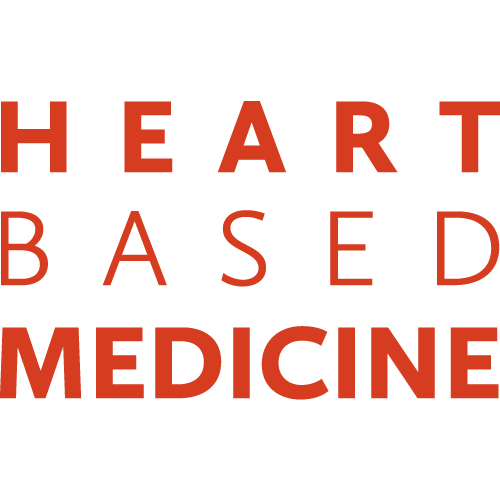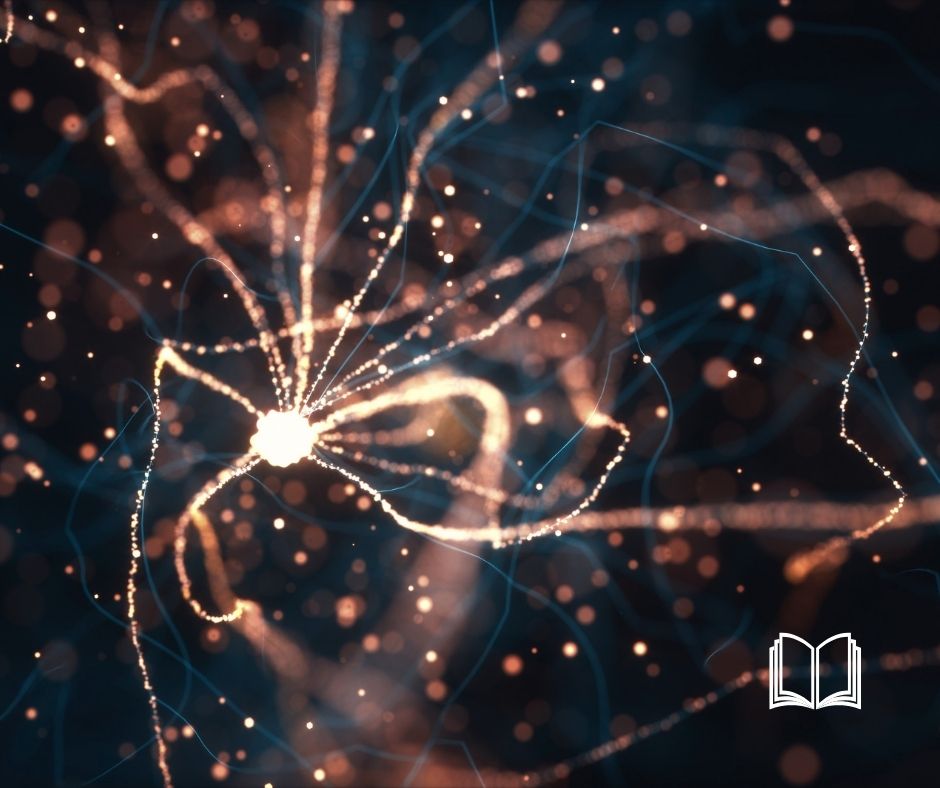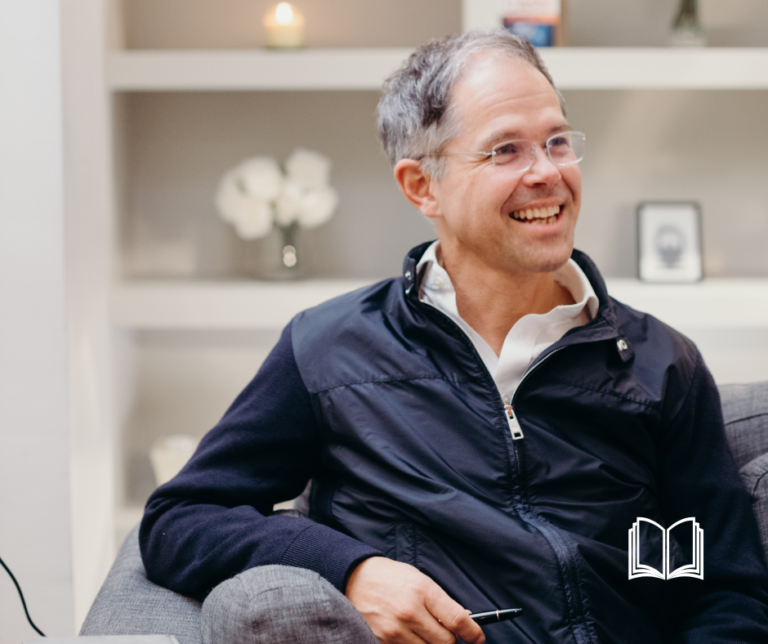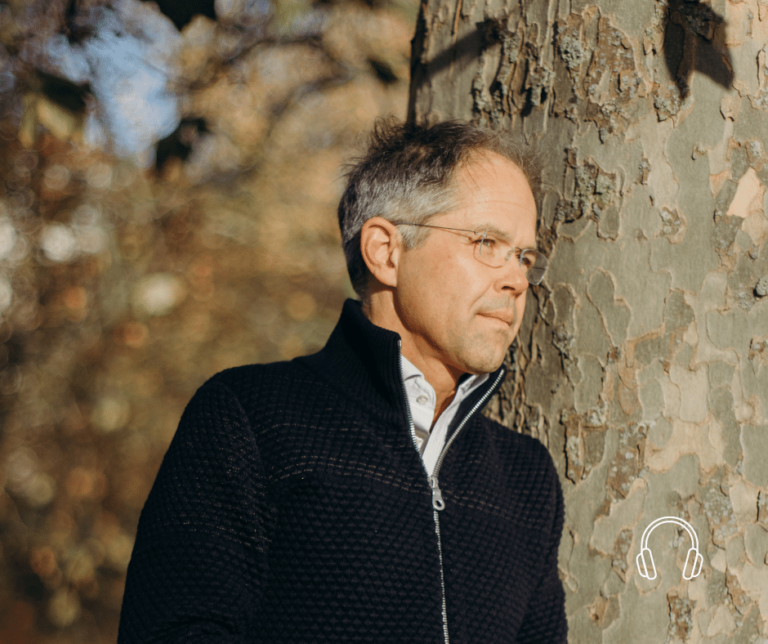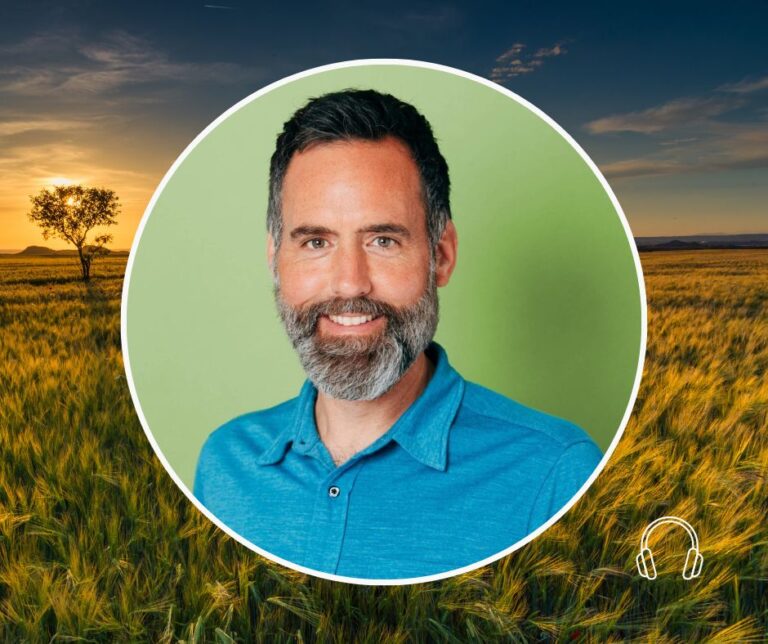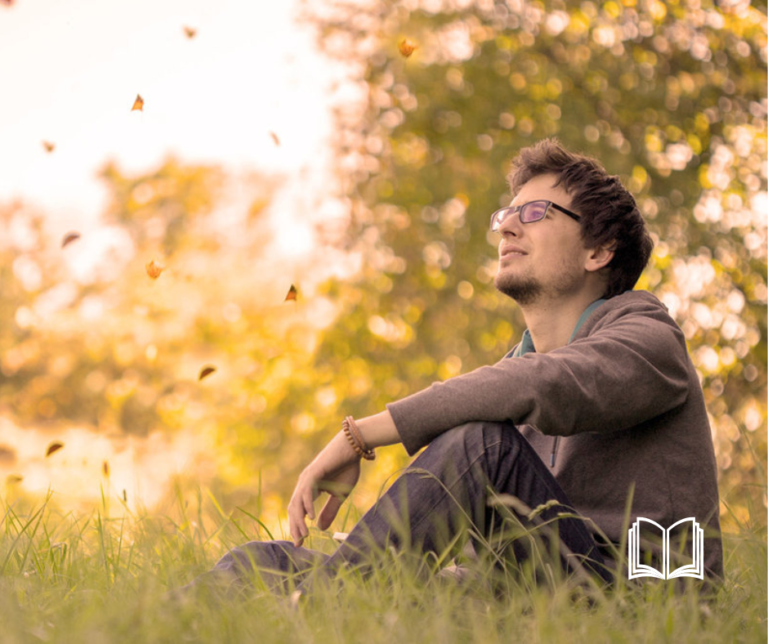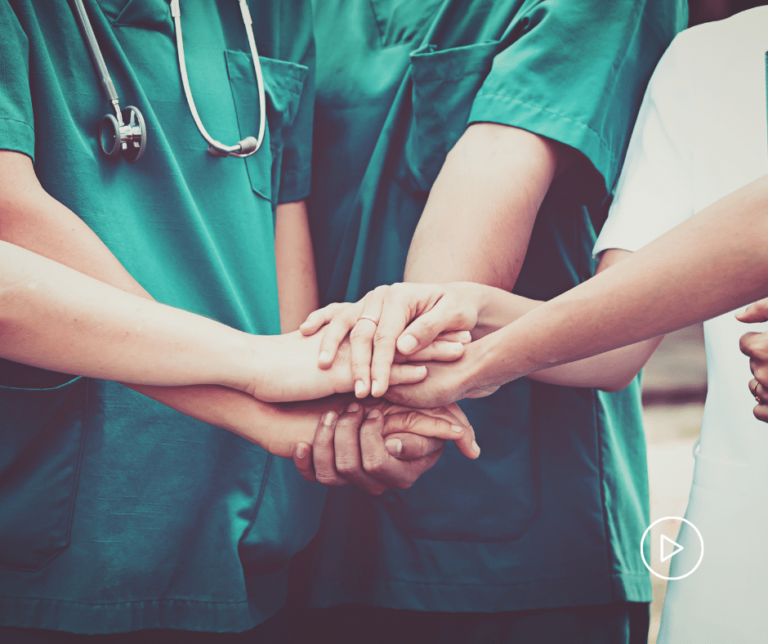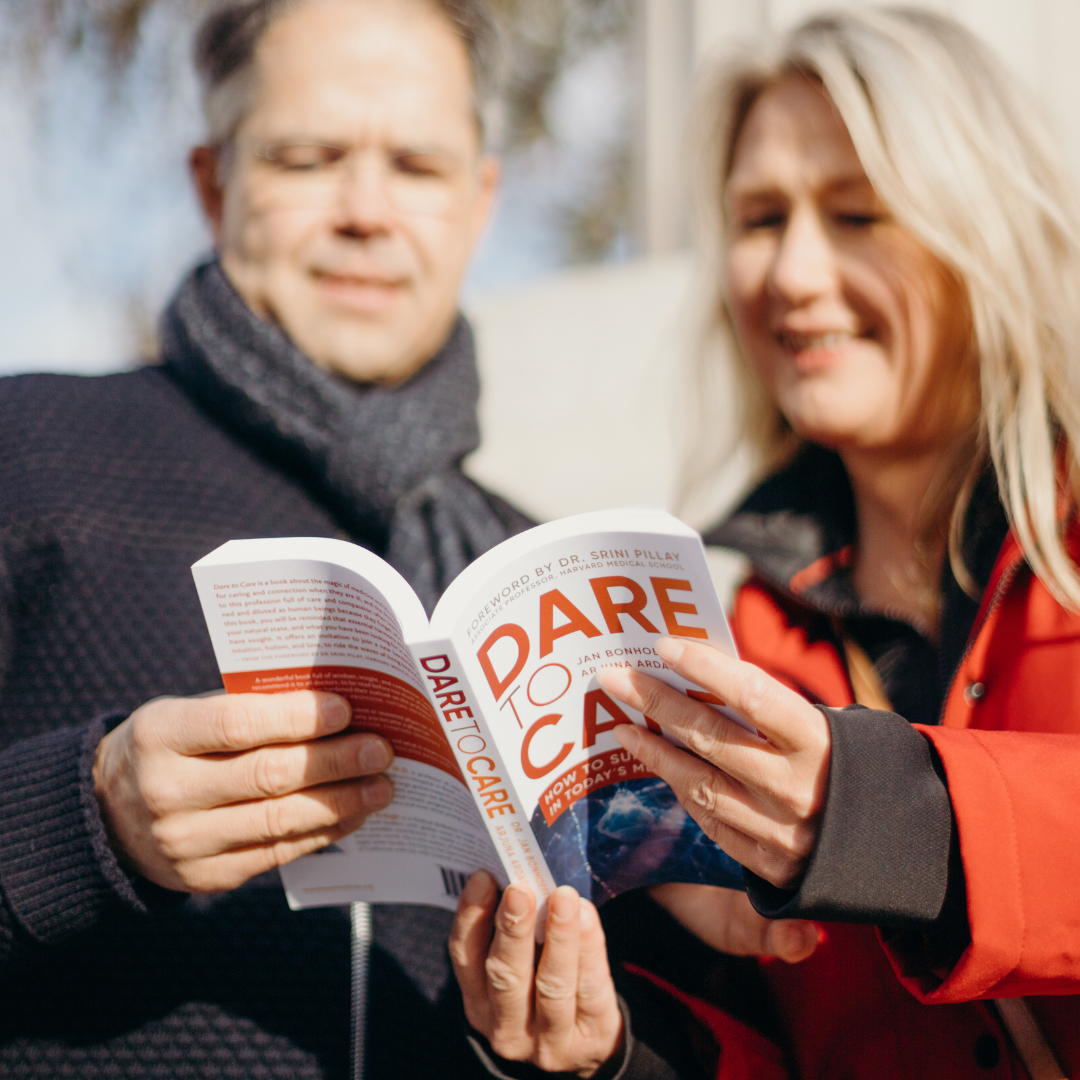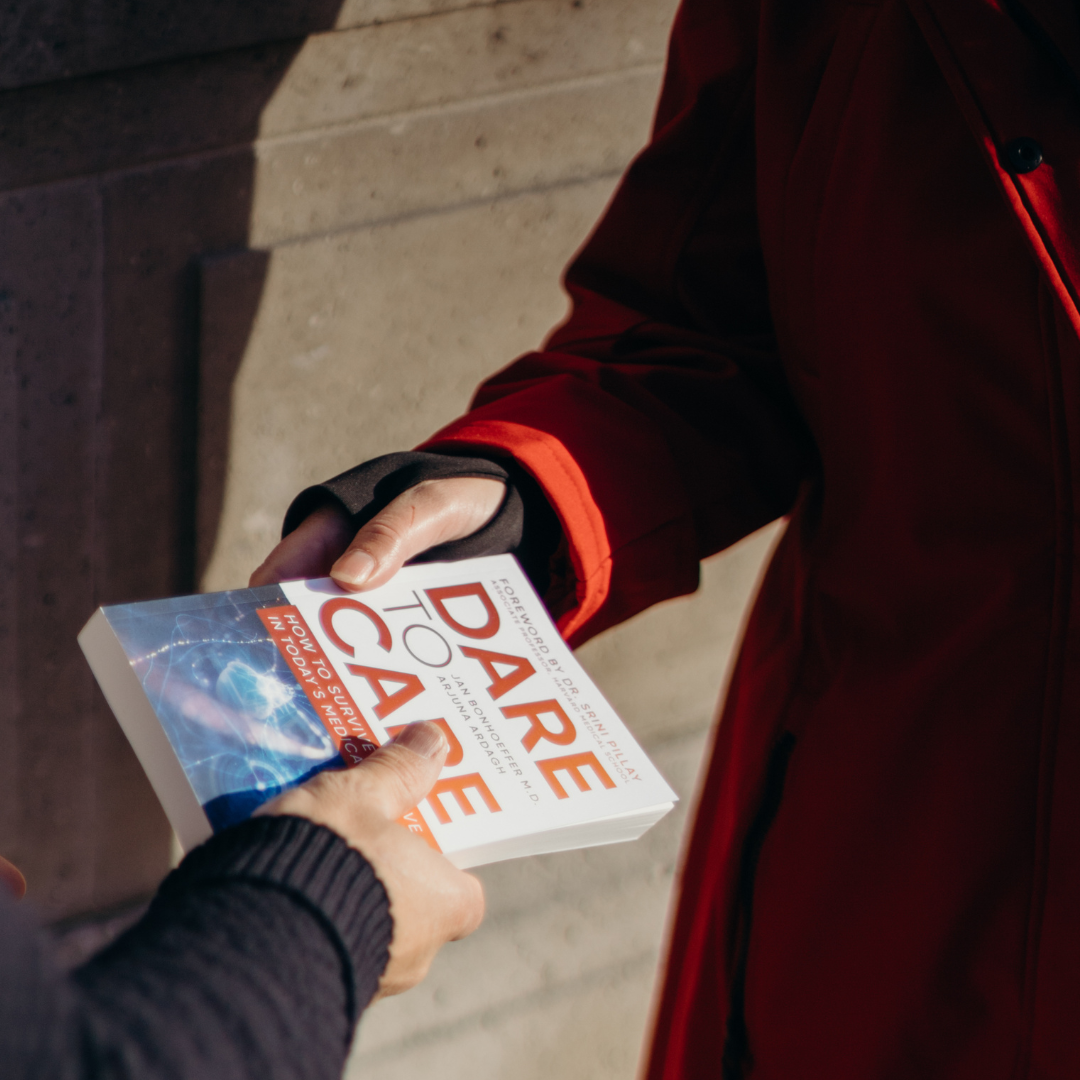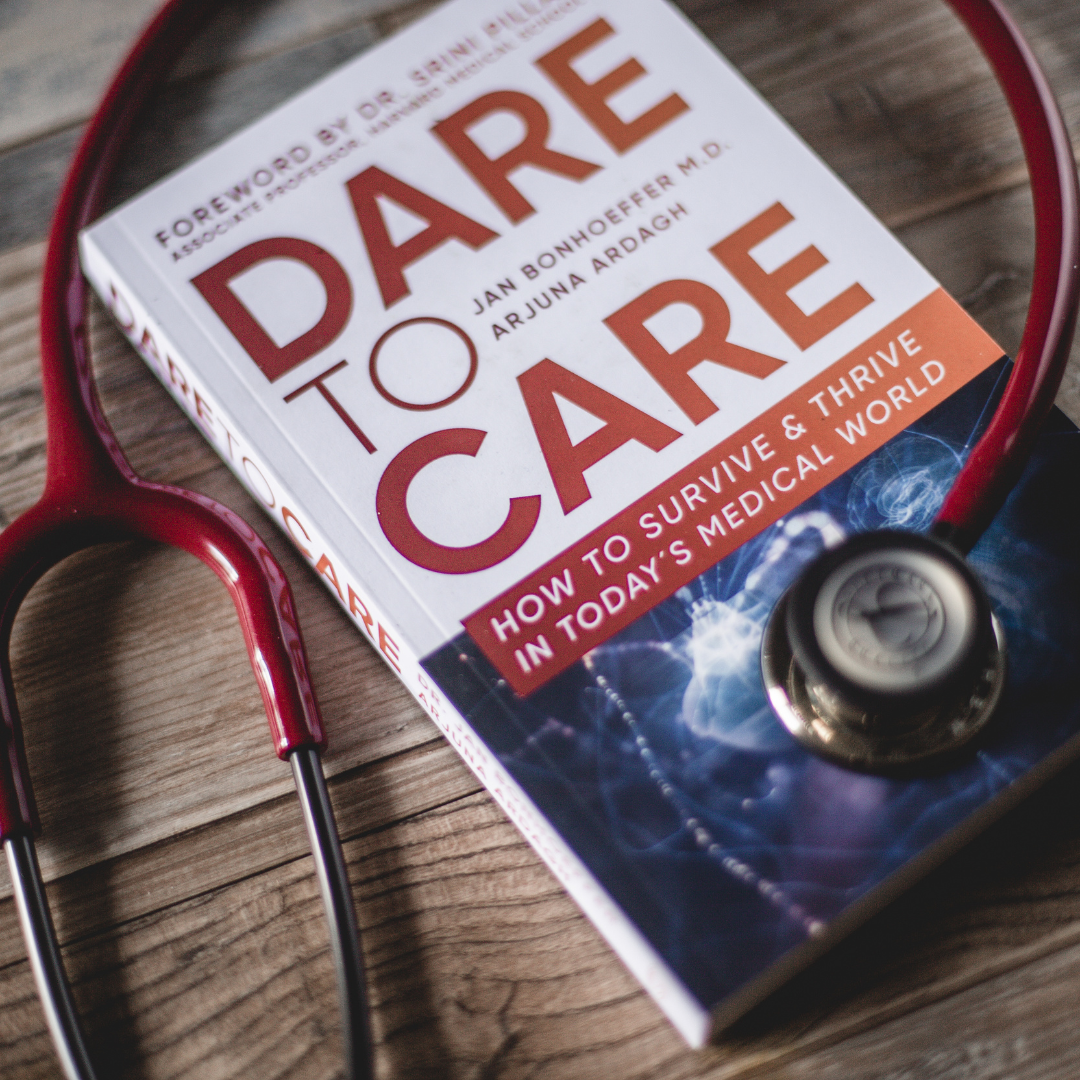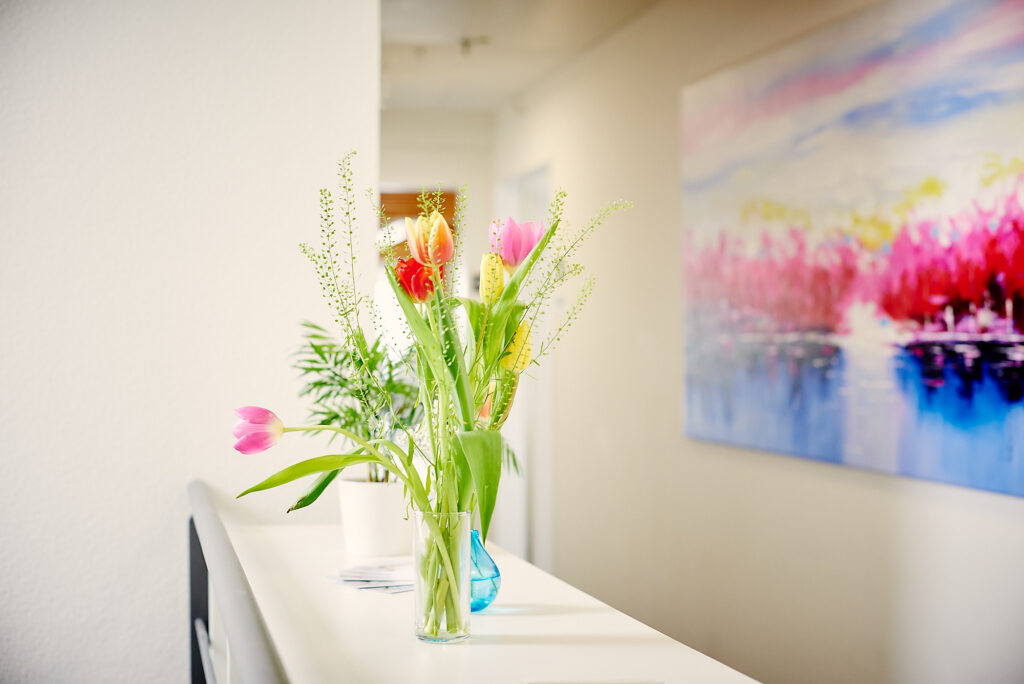Fourteen-year-old Tina would teach me more about medicine and the life force than I thought I needed to learn.
The doors of the emergency room swung open as the paramedic team swept in. I was standing in line on the receiving hospital team, ready for the handover.
‘We have Tina, a 14-year-old girl with suspected bacterial meningitis,’ we were told. ‘She weighs about 40 kg and is febrile and drowsy. Her neck is stiff, she has a petechial rash and her breathing and circulation are rapid but stable. We’ve started IV fluids.’
After a few more exchanges we confirm the handover, connect Tina to our monitoring units, start IV antibiotics. After talking with her parents, we perform a lumbar puncture. Despite our efforts, Tina was getting worse and worse. She was unconscious by the time she went to the Intensive Care Unit. A team of four dedicated and caring medical professionals battled to keep her alive, inserting a breathing tube and catheters through her veins which almost reached her heart. Tina was also receiving lots of intravenous fluids, blood transfusions and drugs which regulated her heart, blood circulation, clotting, kidneys and other bodily functions. After a few hours, she seemed to be stabilising and I handed her over to the next shift.
That evening, as I settled into bed, I ran the day through my mind and recalled Tina’s case. Immediately, histological images of healthy brain tissue and meningitis flashed through my mind. I watched with interest as these mind movies showed me cartoons of immune responses. They then expanded until I could visualise the myriad of body functions taking place during such an overwhelming infection.
I could see how we as medics were doing our best to support all these bodily functions as best we could throughout this healing process.
Although I was thankful to the miraculous modern medicine that helped keep Tina alive that day, I felt even more awe for the human body and its ability to regulate itself, overcome disease and self-repair. It became clear to me how vital – but small – the medical contribution was to Tina’s ability to heal. Her body had been keeping her brain safe for 14 years. On that day, it was her body that had regulated her stability while we messed around with it. And now her body’s healing capacity would be called upon to make major repairs so that she could continue living a normal life. Modern medicine, with all its achievements, could only take on a fraction of the body’s functions, not to mention the repair of cells and tissues.
What was this life force that conducted such a vast orchestra?
‘In the end, it’s life energy that allows us to change and adapt, while healing and medicine can only sometimes create an enabling environment,’ I heard myself say out loud to my wife Jessica, lying next to me.
‘Interesting you should say that,’ Jessica was clearly not asleep either. ‘My brother just told me he’d witnessed the spontaneous remission of a tumour and my thoughts keep spinning around this woman who was given a second chance at life.’
‘Really? Wow. Isn’t it amazing how little we know about health and the true cause of disease? And how much we feel we know because of all the things we can do? Life is so much more intelligent than even today’s medicine.’
We paused in respectful silence.
‘You know, maybe we should pay more attention to the placebo group in all these studies. Rather than taking them as baseline, we should examine them and learn about the body’s self-regulatory capacities and how to support them,’ Jessica added.
I was thinking hard. What if we changed our idea that practitioners have all the answers while the patient sits by passively at the receiving end, like a consumer? What if, instead of our usual biomechanical approach where we consider all the symptoms, arrive at a diagnosis and prescribe a treatment plan, we take a different route and form a kind of therapeutic alliance?
If we could assume that the patient has all the solutions, perhaps the role of the healthcare worker would then be to help the patient access this healing potential and heal themselves at a much deeper level?
A week later, I noticed Tina’s name on the transfer list from ICU to my ID ward.
‘How are you, Tina? I am so glad to see you!’ I said.
Tina looked at me, then at her mother, and once more back at me before exclaiming ‘This is the doctor who I saw from above saying “Come on, you can do it Tina! You will make it! We are fighting for you to survive!”
She turned to me and smiled gently.
‘Because of you, Doctor, I did not give up.’
That moment will stay with me for a long time.
The story above is based on personal experiences. Places and names are fictional.
